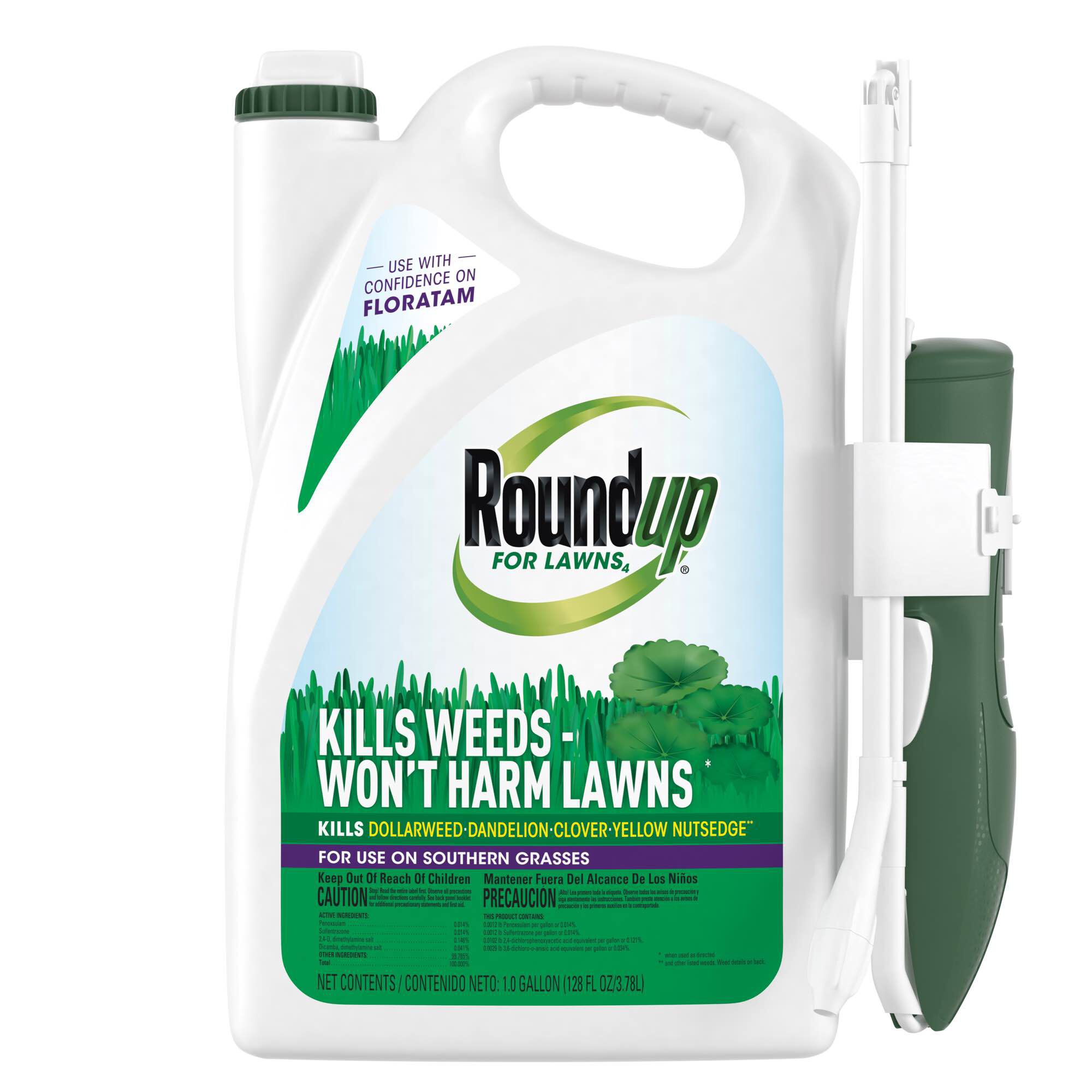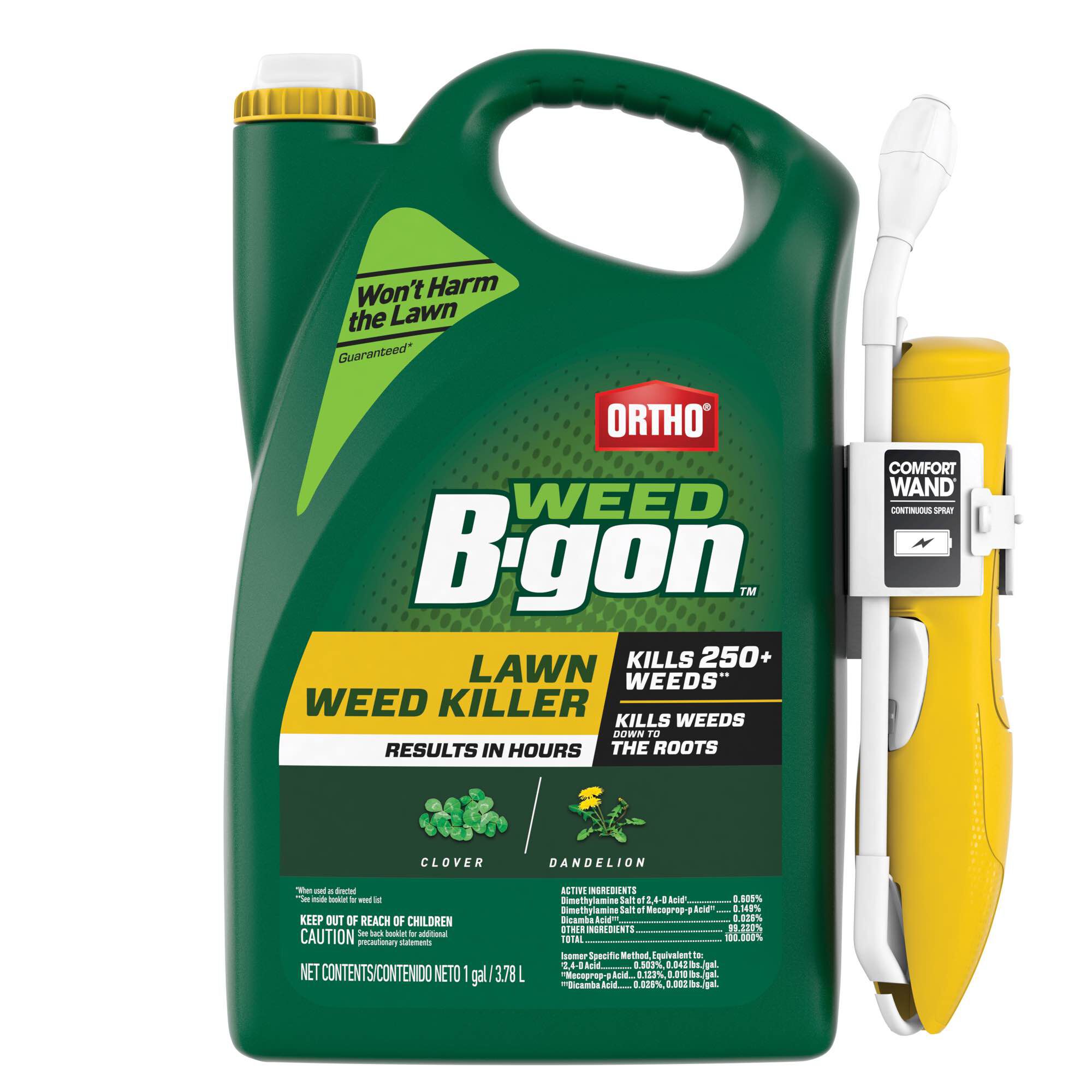The Dandelion Killer: How To Get Rid Of Dandelions For
The Dandelion Killer: How to Get Rid of Dandelions for Good
Dandelions are a common weed that can quickly take over a lawn or garden. They have a long taproot that makes them difficult to remove, and their seeds can travel for miles on the wind. If you're looking to get rid of dandelions for good, there are a few different methods you can try.
In this blog post, we'll discuss the different ways to get rid of dandelions, including:
- Hand pulling
- Using a dandelion weeder
- Spraying with herbicide
- Using natural remedies
- Preventing dandelions from coming back
We'll also provide tips on how to choose the best method for your needs and how to get the best results.
So, if you're ready to say goodbye to dandelions, read on!
## Hand Pulling
Hand pulling is one of the most effective ways to get rid of dandelions. However, it can be time-consuming and labor-intensive, especially if you have a large number of dandelions.
To hand pull a dandelion, grasp the leaves near the base of the plant and pull straight up. Be sure to get the entire taproot, or the plant will likely grow back.
If the dandelion is in a hard-packed area of soil, you may need to loosen the soil with a garden fork before you can pull it up.
## Using a Dandelion Weeder
A dandelion weeder is a tool that makes it easier to remove dandelions by hand. The weeder has a long, sharp prong that you insert into the ground next to the dandelion. Then, you twist the weeder to loosen the taproot and pull the plant out.
Dandelion weeders are available at most garden centers.
## Spraying with Herbicide
If you have a large number of dandelions, you may want to consider spraying them with herbicide. Herbicides are chemicals that kill plants. There are a variety of herbicides available, both commercial and homemade.
When choosing an herbicide, be sure to select one that is labeled for use on dandelions. You should also follow the directions on the label carefully.
It is important to note that herbicides can be harmful to people and pets. Be sure to wear protective clothing when spraying herbicides, and keep them out of reach of children and pets.
## Using Natural Remedies
If you prefer to use natural remedies to get rid of dandelions, there are a few options available.
One natural remedy is to pour boiling water over the dandelions. The heat will kill the plant.
Another natural remedy is to use vinegar. Mix equal parts vinegar and water in a spray bottle. Spray the dandelions with the vinegar solution. The vinegar will kill the plant.
## Preventing Dandelions from Coming Back
Once you've gotten rid of the dandelions, you can take steps to prevent them from coming back. Here are a few tips:
- Mow your lawn regularly. This will help to keep dandelions from getting a foothold.
- Rake up any dandelion debris. This will prevent the seeds from spreading.
- Apply a pre-emergent herbicide in the spring. This will help to prevent dandelions from germinating.
- Improve the soil quality in your lawn. This will make it more difficult for dandelions to grow.
By following these tips, you can keep your lawn dandelion-free for good.
## Conclusion
There are a variety of ways to get rid of dandelions. The best method for you will depend on the size of your infestation and your personal preferences.
If you have a small number of dandelions, hand pulling or using a dandelion weeder may be the best option. If you have a large infestation, you may want to consider spraying with herbicide. And if you prefer to use natural remedies, there are a few options available as well.
No matter which method you choose, be sure to follow the directions carefully and take steps to prevent dandelions from coming back.
Dandelions are a common weed that can quickly take over your lawn or garden. If you're looking for a way to get rid of them, you've come to the right place. Garden Wiki is a website that provides comprehensive information about dandelions and how to control them.
On Garden Wiki, you'll find a variety of resources, including:
- How-to articles that explain how to identify dandelions, remove them by hand, and use herbicides to kill them
- Product reviews of dandelion killers, including both commercial and organic products
- FAQs about dandelion control
- A forum where you can ask questions and get help from other dandelion control experts
Whether you're a beginner or an experienced gardener, Garden Wiki has the information you need to get rid of dandelions and keep your lawn or garden looking its best.
FAQ of dandelion killer
- What is the best dandelion killer?
The best dandelion killer for you will depend on the size of your lawn, the severity of the dandelion problem, and your budget. Some popular dandelion killers include:
* 2,4-D: This is a broadleaf herbicide that is effective against dandelions. It is available in both liquid and granular forms.
* Mecoprop: This is another broadleaf herbicide that is effective against dandelions. It is available in both liquid and granular forms.
* Dicamba: This is a broadleaf herbicide that is effective against dandelions. It is available in liquid form only.
* Vinegar: This is a natural herbicide that can be effective against dandelions. It is available in white and apple cider varieties.
* Boiling water: This is a natural herbicide that can be effective against dandelions. It is simply boiling water that is poured directly onto the dandelion plant.
- How do you use dandelion killer?
The instructions for using dandelion killer will vary depending on the product you choose. However, most dandelion killers should be applied to the leaves of the dandelion plant. It is important to read the instructions carefully before using any dandelion killer.
- How long does it take for dandelion killer to work?
The time it takes for dandelion killer to work will vary depending on the product you choose and the severity of the dandelion problem. In general, most dandelion killers will start to work within a few days of application. However, it may take up to two weeks for the dandelion plant to die completely.
- Is dandelion killer safe for my lawn?
Most dandelion killers are safe for use on lawns. However, it is important to read the instructions carefully before using any product. Some dandelion killers may be harmful to certain types of grass.
- Are there any natural ways to get rid of dandelions?
Yes, there are a number of natural ways to get rid of dandelions. Some popular methods include:
* Pulling them up: This is the most labor-intensive method, but it is also the most effective.
* Cutting them off: This will not kill the dandelion plant, but it will prevent it from seeding.
* Covering them with mulch: This will prevent the dandelion plant from getting sunlight, which it needs to survive.
* Using vinegar: Vinegar is a natural herbicide that can be effective against dandelions.
* Using boiling water: Boiling water is a natural herbicide that can be effective against dandelions.
Image of dandelion killer
- Image 1: A bottle of Roundup Weed Killer with the label "Dandelion Killer".

- Image 2: A can of Ortho Weed B Gon with the label "Dandelion Killer".

- Image 3: A box of Spectracide Weed Stop with the label "Dandelion Killer".
- Image 4: A jug of Espoma Lawn Weed Preventer with the label "Dandelion Control".

- Image 5: A bottle of vinegar with the caption "Natural Dandelion Killer".

Post a Comment for "The Dandelion Killer: How To Get Rid Of Dandelions For"